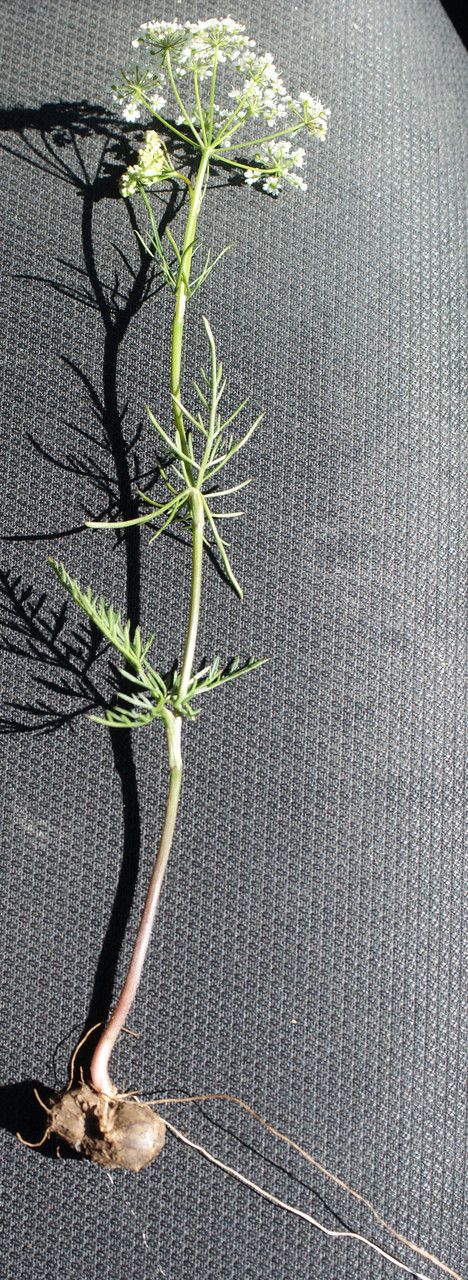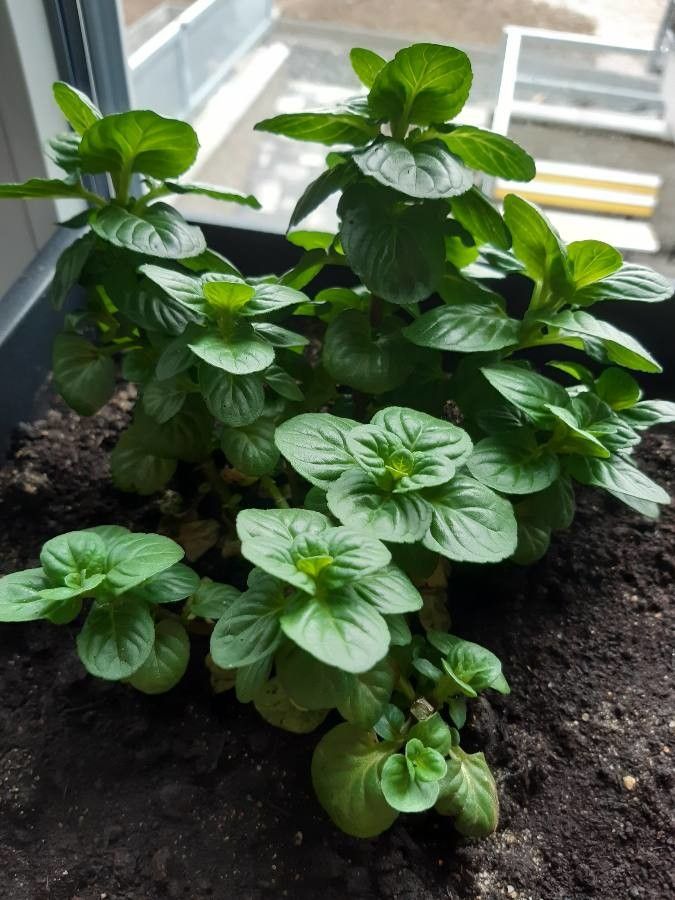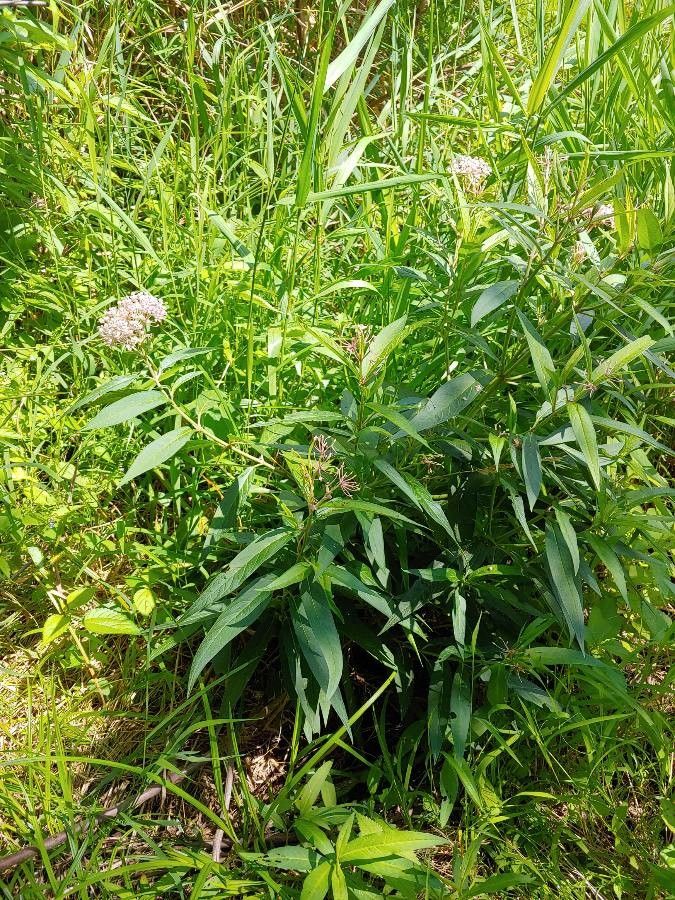## Pignut: A Comprehensive Guide
The name "Pignut" conjures images of something earthy and perhaps a little wild. And that's precisely what this fascinating plant is! While commonly used as a common name for several plants, the term most frequently refers to *Conium maculatum*, commonly called poison hemlock, which is highly toxic and should never be consumed. However, in some regions, it can also refer to other plants in the Apiaceae family, particularly species of *Bunium* or wild carrots (*Daucus carota*), which can have edible roots. **It is crucial to accurately identify any plant before consumption, as misidentification can be extremely dangerous.** This guide focuses on the general characteristics and potential uses of plants commonly called 'pignuts', while strongly emphasizing the importance of accurate identification.
### Taxonomy and Identification
Pignuts, depending on the regional colloquialism, belong to the Apiaceae family, also known as the carrot family. This diverse family includes many familiar herbs and vegetables like carrots, parsley, and celery. However, the Apiaceae family also contains some highly toxic members, hence the need for cautious identification.
Plants referred to as pignuts often have characteristic features of the Apiaceae family: compound umbels (clusters of small flowers), feathery or finely divided leaves, and hollow stems. The roots, depending on the species, are often small, hard, and nut-like, hence the name "pignut."
### Habitat and Growth
Pignuts thrive in various habitats, depending on the specific species. Some prefer open meadows and fields, while others grow in woodlands or along roadsides. They are typically found in temperate regions of the world. Their precise sun and soil needs vary greatly depending on the species, but generally prefer well-drained soil. For precise specifications, consult resources that identify the specific species.
### Uses and Cultivation
Again, it is imperative to stress that only those familiar with plant identification should attempt to harvest or consume any plant referred to as a ‘pignut’. Some species have edible roots that are rich in starch, traditionally utilized in certain regions for food or medicinal purposes, but the risks of misidentification far outweigh the benefits for the average person. If you are interested in cultivating a known edible species of pignut, proper identification and research about growing conditions for that *specific* species are critical.
### Caution: Toxicity
Many plants known as "pignuts" are poisonous. The most notable is poison hemlock (*Conium maculatum*), which contains highly toxic alkaloids. **Even touching this plant can cause skin irritation, and ingestion can be fatal.** Always exercise extreme caution when encountering plants that resemble pignuts. If you are unsure of a plant's identity, do not touch or consume it. Consult with a knowledgeable botanist or forager.
### Conclusion
While the common name "pignut" may sound harmless, it is crucial to understand the potential dangers associated with these plants. Accurate identification is paramount before attempting any use. Always prioritize safety and consult expert resources when dealing with wild plants. This guide is for informational purposes only and should not be considered a guide to foraging or consumption.
Pignut: Identification, Growth, and Care Guide

Frequently Asked Questions
How do I identify a Pignut plant?
Accurate identification requires expertise. Look for features common in the Apiaceae family: compound umbels, feathery leaves, and hollow stems. However, visual identification alone is insufficient, and misidentification can be extremely dangerous. Consult a field guide specific to your region and/or a knowledgeable botanist.
What are the growing requirements for Pignuts?
The growing requirements vary greatly depending on the specific Pignut species. Generally, well-drained soil is preferred. Sunlight needs also differ. Consult a reliable plant database or expert for precise information on the species you intend to cultivate.


